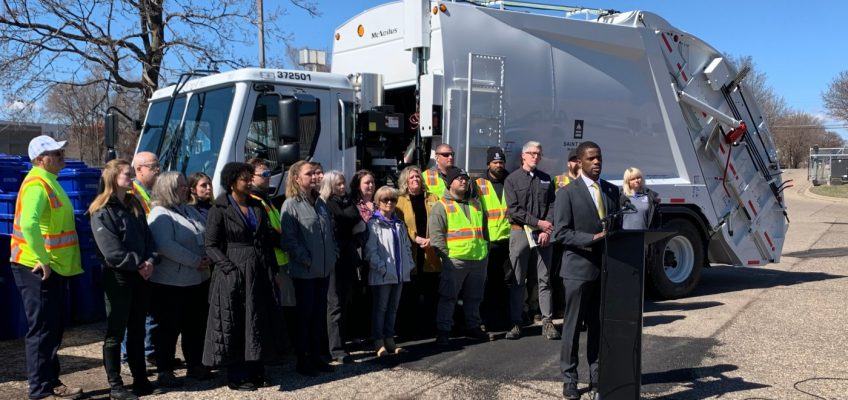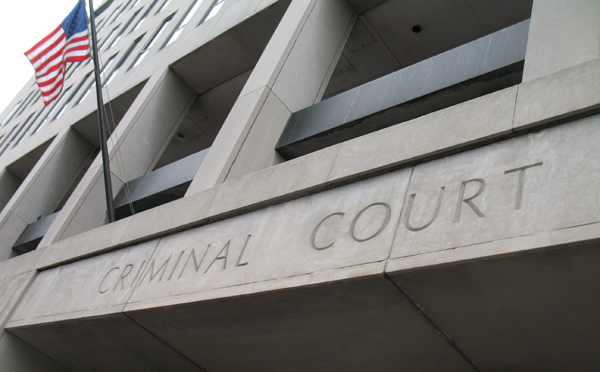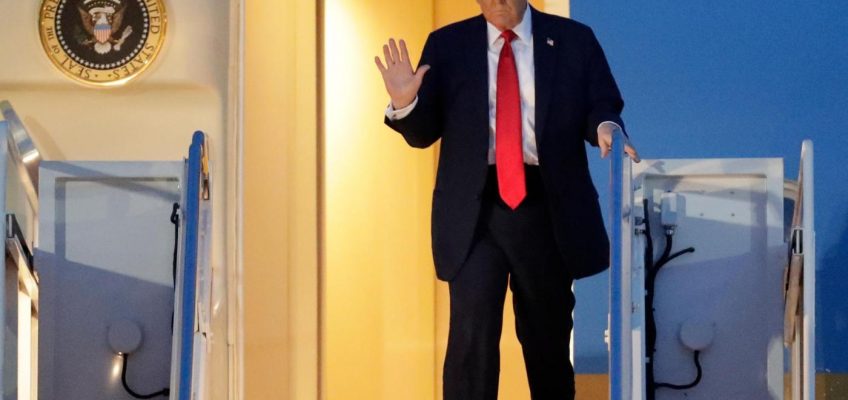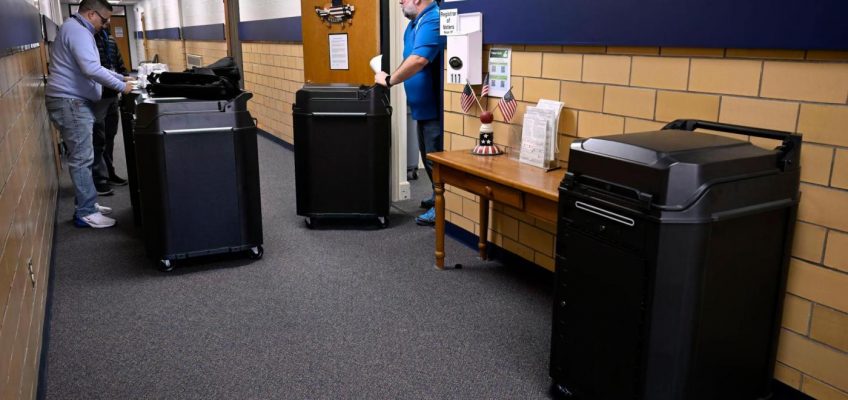With the goal of launching citywide trash collection from a former Randolph Avenue tow lot, St. Paul Mayor Melvin Carter has declared a state of local emergency to take effect Tuesday morning. It will allow the city to temporarily suspend zoning regulations at the site and allow trash-hauling partner FCC Environmental to immediately commence service for more than 60,000 residential accounts.
Carter asked the city council to extend his three-day emergency declaration another 90 days when the council convenes Wednesday, which will grant the city additional time to work through zoning challenges the council previously supported.
Trash collection is “a basic public service that impacts the health and safety of every single person in our community,” said the mayor, who addressed reporters from a St. Paul Public Works facility in the North End on Monday. “State law and commonsense dictate that failure to pick up the trash would be unacceptable.”
The Randolph Avenue site is crucial to launch trash collection operations, according to the mayor’s staff. Finding another site in the city — with the right zoning and size — is more difficult than many assume, they said.
Trash collection
How Wednesday’s council vote on the extension will go is anyone’s guess.
At FCC Environmental’s request, city staff and the city Planning Commission determined this year that the existing “light industrial” zoning at 560 Randolph Ave. would indeed support privately-run garbage dispatch, cleaning and maintenance, as well as a compressed natural gas facility to be constructed down the line.
Siding instead with neighborhood residents, the council voted 5-0 two weeks ago in an appeal hearing brought by the West Seventh/Fort Road Federation against that zoning clarification, effectively freezing FCC Environmental’s trash operations out of the site.
Since then, council members have been deluged with calls and letters from the public, demanding to know if their trash collection was in jeopardy, as the mayor and Public Works officials have suggested.
Carter was joined Monday by Council Members Anika Bowie and Cheniqua Johnson, who called garbage collection an essential service that trumps zoning concerns, at least in the short term.
A council decision revisited
The council members also noted that the appeal hearing had asked them a narrow question: Would FCC Environmental’s privately-owned trash truck facility be comparable to that of a Public Works yard, which is allowed under light industrial or I-1 zoning? Following the lead of Council President Rebecca Noecker, who represents the neighborhood, the five council members voted to support the appeal on March 19. Johnson was absent at the time and the Ward 4 seat is vacant.
The mayor joined St. Paul Department of Safety and Inspections Director Angie Wiese on Monday in emphasizing that garbage collection meets the definition of “Public Works” under state law, an allowable use under the city’s “I-1” zoning.
Bowie on Monday said that neighborhood concerns about the volume of trash trucks — which could exceed 30 trucks, and eventually more than double that as FCC Environmental adds more municipal clients in the Twin Cities — had not fallen on deaf ears, and residents had raised legitimate questions about the impacts of a future compressed natural gas refueling station.
“Those concerns are still relevant today, but what’s even more dire or more relevant is that people have their trash collected,” Bowie said.
“The option of not doing a basic city service is not an option to take,” added Johnson. “Right now, the primary focus is on collecting the trash, and getting through this week.”
She said another council member had considered sponsoring an effort to reconsider, or overturn, the March 19 vote last week, but it was never entered into the public record.
Why so late?
Under FCC Environmental’s contract with the city, citywide trash collection has been scheduled to begin April 1, raising questions about how so many loose threads came undone or were never pinned down by Tuesday’s launch date.
Wiese, the DSI director, noted residents were within their right to appeal the zoning decision initially issued by city staff in January.
“The city values a public process,” she said.
After the March 19 council vote, Noecker said that the company had dragged its heels in securing a site, seeking the necessary zoning approvals and preparing a site plan for public scrutiny, and the city could not be blamed for FCC Environmental’s last-minute scramble.
The council president also noted that no matter how the March 19 vote went, a two-week build-out of the site at 560 Randolph Ave. was unrealistic. A call on Monday to a representative of FCC Environmental was not immediately returned.
The St. Paul Planning Commission’s zoning committee will review a site plan for FCC Environmental’s proposed $25 million trash truck facility on April 10, and the full Planning Commission will consider their recommendation a week later.
Since November, FCC Environmental has been using the 560 Randolph Ave. location to collect recycling at apartment buildings with five or more units, which Kershaw said is allowed under a separate part of the zoning code.
Seven-year contract
Despite the debacle over the contested trash truck hub, Carter and St. Paul Public Works Director Sean Kershaw on Monday emphasized the benefits of the seven-year contract with FCC Environmental, which will include pick up of one refrigerator-sized “bulky” item per month.
The city will eventually allow opt outs and cart-sharing for households who can prove they generate limited waste. City staff will handle billing and customer service calls, as well as 10% of the trash collection routes, generally the most difficult routes to maneuver come winter.
“FCC has been a great partner, and we’re really excited about the services,” Kershaw said.
After decades of allowing private trash haulers to compete for residential accounts across the city, St. Paul switched to organized trash collection in 2018, with private companies assigned to separate zones or districts. The goal, in part, was to limit the number of trucks traveling each alley, keep rates fair from neighborhood to neighborhood, reduce illegal dumping and protect smaller haulers.
The results have been mixed, with most smaller haulers selling their routes to larger companies like Waste Management anyway. Illegal dumping has continued, as have missed pick-ups on the
Last summer, Carter announced that St. Paul was going to ditch that system and enter into a contract with Houston-based FCC Environmental to service 90% of the city’s street and alley routes with some 60 private employees.
Related Articles
St. Paul City Council convenes but doesn’t appoint new Ward 4 member
Divided St. Paul City Council recommends new Ward 4 appointee for Friday vote
Jason Adkins: Measuring the economic impact of the Catholic Church in Minnesota
St. Paul mayor says council has ‘plunged the city into crisis’ by blocking garbage truck yard
Young, Fisher: One way to think about reinvention in downtown St. Paul




